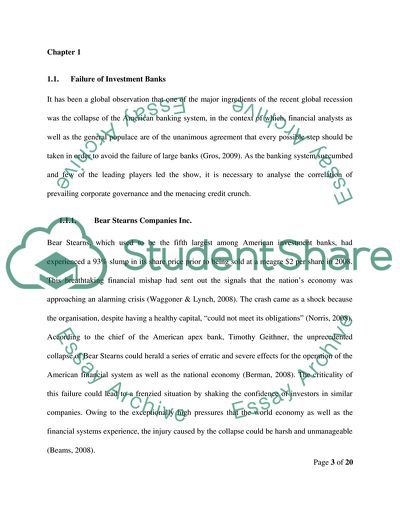Cite this document
(The Role of Corporate Governance during Credit Crunch Term Paper, n.d.)
The Role of Corporate Governance during Credit Crunch Term Paper. Retrieved from https://studentshare.org/macro-microeconomics/1733488-what-was-the-reason-for-company-failure-during-credit-crunch-was-corporate-governance-entirely-to-blame
The Role of Corporate Governance during Credit Crunch Term Paper. Retrieved from https://studentshare.org/macro-microeconomics/1733488-what-was-the-reason-for-company-failure-during-credit-crunch-was-corporate-governance-entirely-to-blame
(The Role of Corporate Governance During Credit Crunch Term Paper)
The Role of Corporate Governance During Credit Crunch Term Paper. https://studentshare.org/macro-microeconomics/1733488-what-was-the-reason-for-company-failure-during-credit-crunch-was-corporate-governance-entirely-to-blame.
The Role of Corporate Governance During Credit Crunch Term Paper. https://studentshare.org/macro-microeconomics/1733488-what-was-the-reason-for-company-failure-during-credit-crunch-was-corporate-governance-entirely-to-blame.
“The Role of Corporate Governance During Credit Crunch Term Paper”, n.d. https://studentshare.org/macro-microeconomics/1733488-what-was-the-reason-for-company-failure-during-credit-crunch-was-corporate-governance-entirely-to-blame.


